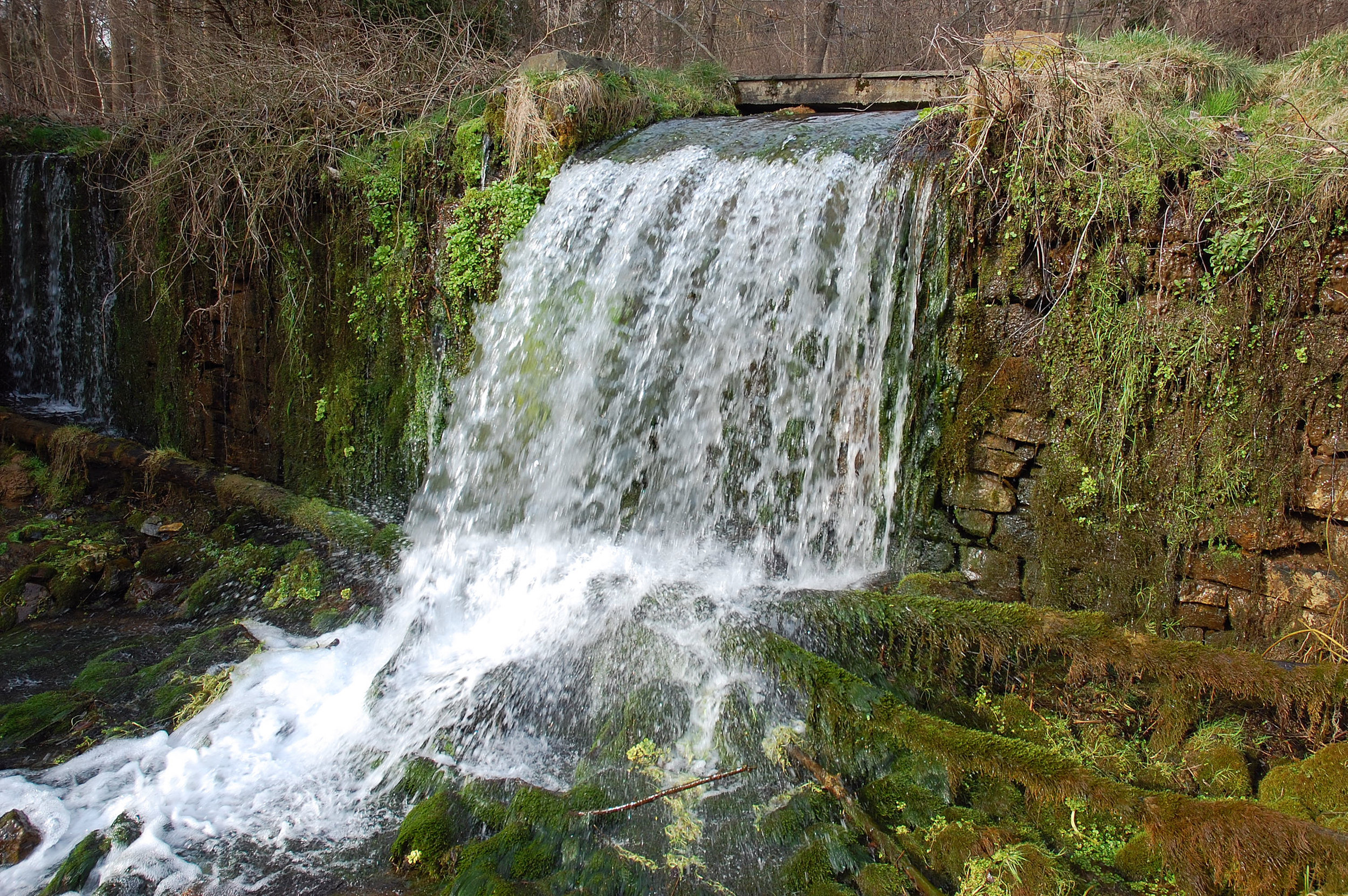Aquetong Watershed
The Aquetong Watershed is a small rural watershed located in the Aquetong Valley in New Hope and Solebury Pennsylvania. Measuring just 7.6 square miles (4,864 acres). It is classified as a High Quality-Cold Water Fishery by the PA Department of Environmental Protection, underlain by limestone and dolomite geological formations.
The Lenni Lenape are the original people of this land. In the Lenape language, Achewetonk was the name of the village that was near the spring, and this was later adapted to ‘Aquetong.’
Aquetong Spring
The main stem of the Aquetong Creek is Aquetong Spring (formerly known as Ingham Spring), a 2,000 gallon per minute limestone spring, which is located in Aquetong Spring Park. Another branch of the Aquetong, the ‘Northern Branch’ begins at Honey Hollow (Bucks County Audubon Society).
The watershed includes gentle rolling hills and very few areas with steep slopes: elevations range between almost 450 feet above MSL to 100 feet above MSL. The substrate of Aquetong Creek primarily consists of cobble and gravel, and very few boulders.
Map of Aquetong Watershed
The majority of the watershed (more than 75 percent) consists of forested and agricultural areas including nurseries, crops, and horse farms. There are many small-lot residential neighborhoods; the majority of the remaining large parcels have been preserved. The former Aquetong Lake area and Aquetong Spring are classified as a Priority 2 site, and Sugan (Burrell’s) Lake is a Priority 3 site in the Bucks County’s Natural Areas Inventory (Rhoads and Block, 1999).
Geologic formulations of the Aquetong Watershed, from Trout Unlimited
Geologic formations underlying the Aquetong Watershed include the Stockton Formation, Stockton Conglomerate, Beekmantown Group, Brunswick Formation, Leithsville Formation, diabase, Brunswick Formation, and the Allentown Formation. These formations are sandstone, sandstone conglomerate, dolomite limestone, diabase, and shale. Dolomite and limestone formations cause karst geology, which when combined with a geological fault, have resulted in the formation of Aquetong Spring.
Aquetong Creek Dam Waterfall from Trip Advisor
The Aquetong gently travels through Solebury and New Hope Boro as it way into the Delware River. The Creek enters the Delaware at the man-made Aquetong Creek Dam Waterfall next to the Bucks County Playhouse. The Delaware River is a tributary to the Atlantic Ocean.
Local History
The town of New Hope owes its name to a famous mill owner, Benjamin Parry, who made great industrial use of Aquetong Creek. In 1790, Parry lost his mills to fire. His rebuilt mills were called “New Hope Mills,” providing new life for the town. Eventually, as the town continued to prosper as a hub of commerce, it was incorporated as New Hope borough in 1837. In 1939, one of Parry’s rebuilt mills was converted to the Bucks County Playhouse. The Playhouse is located in the center of the town, just below the falls of a mill pond near Parry’s former residence.






